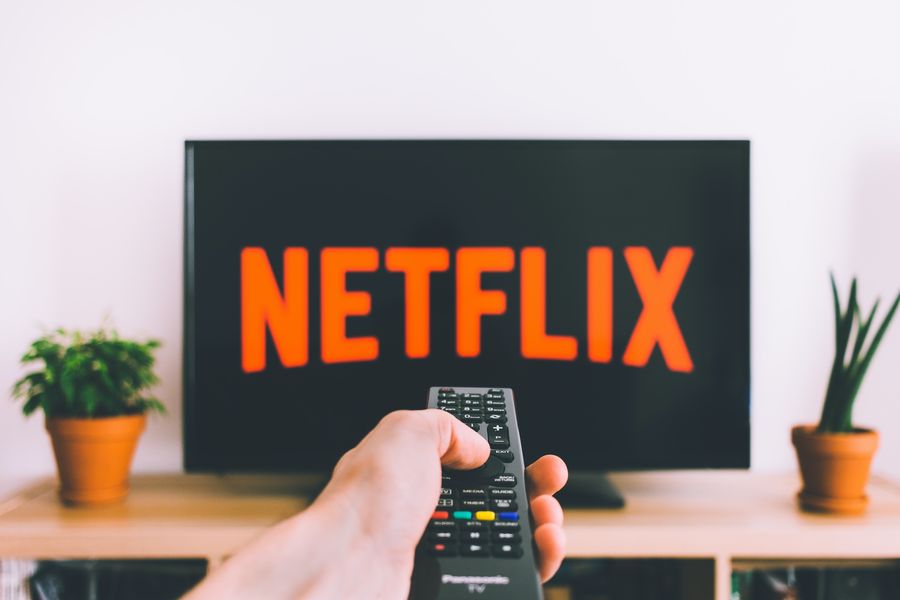“Silence is the last thing the world will ever hear from me.” — Marlee Matlin
American actress Marlee Matlin, who was the only deaf performer to have received an Academy Award, has always been the most active figure in battling closeted ableism in Hollywood. Raising her voice against the lack of representation, Matlin has begun a fight that we must all be a part of. An author of her autobiography I’ll Scream Later and dedicated deaf activist, Matlin paved the way for performers who had the same condition. The actor has repeatedly lashed out against discrimination and ableism, in a bid to create a safer space for her community. She refuses to be treated with pity or sympathy or considered handicapped and communicates via the American Sign Language, aided by her longtime collaborator and interpreter Jack Jason.
Thanks to the likes of Matlin, Hollywood is slowly grappling with the concept and acknowledging the importance of incorporating sign language into feature films in an attempt to make those films more accessible to those with hearing impairments. Instead of simply roping in able-bodied characters to feign deafness for their respective roles, the film industry is making active efforts in recognising, respecting and representing the deaf identity and community by emphasising the importance of sign languages and more.
Netflix has a variety of content to offer across all genres. However, there are a few films that are suitable for people from the deaf community and thus, those select few, deserve to be lauded. While the film industry (beyond Hollywood) has seen masterpieces like The Silent Child, The Shape of Water, Boy Missing and more to have represented deafness in films, Netflix films like The Silence, Hush, A Quiet Place, Baby Driver, A Silent Voice etc. represent the same. Recently, the K-Pop boy band BTS released a song called ‘Permission to Dance’ where they incorporated sign language in their dance moves to help communicate their message to the deaf community. While Netflix is taking baby steps to achieve a similar feat, it is important to analyse the groundbreaking concepts that have finally been adopted by the platform to further represent the deaf community.
If we take the animated film A Silent Voice into consideration, the film deals with how the deaf protagonist gets bullied by a boy in her class despite her feeble attempts at trying to befriend him. The boy ends up learning sign language, interacts with her, confesses his love and gains redemption. While the anime is suitable for children of any age, especially due to its delicate and sensitive handling of a subject as serious as bullying — something that is pretty prevalent in Japanese high schools — the film helps expose able-bodied children to the concept of deafness and sign language, preventing otherisation of the deaf community.
While Kate Seigel does not belong to the deaf community, her portrayal of the deaf and mute author in Hush who is harrowingly pursued by a masked serial killer and engages in a terrifying story of survival was lauded. While we wish Mike Flanagan would go ahead and cast an actual deaf actor to play the part, one cannot discount the amazing work on part of Siegel who went ahead and learnt sign language. As the duo later said, they wanted to explore the silence in horror.
“One of the things I had always wanted to try, which would be so challenging to me as a director, was to try something without dialogue,” revealed Flanagan in an interview. He had added, “We thought that if we made the lead character deaf-mute then we would create the potential for a really, really fascinating version of these movies.
In Baby Driver, however, it was refreshing to see CJ Jones play the role of the deaf foster father Joseph. Jones, who is a native to the American Sign Language, helped champion the community as he represented deafness in the rawest and authentic way possible, much to the delight of the director Edgar Wright. The protagonist ‘Baby’, AKA Angel Elgort, apparently took lessons to be able to communicate with Jones. Casting Jones proved to be a correct step on part of Wright as it helped strengthen the reason why deafness deserves representation from the community itself as it is not an act.
While The Silence was criticised for the poorly learnt and incorrect implementation of the sign language, it still derived a certain amount of appreciation for trying. A Quiet Place, however, nailed it and helped weave in terror and tension as the family dealt with the horrors of an unknown monstrous invasion in complete silence, communicating via sign language. Deaf actress Millicent Simmonds was a part of the cast, championing the cause of her community yet again!
After years of Mattlin and other activists struggling to make their voices be heard, the film industry seems to slowly be coming to terms with the fact that “playing deaf is not a costume”. As all the deaf activists and representatives of the deaf community continue to make noise and make themselves seen and heard, stream the films on Netflix to find out how the platform is trying to make a positive change in battling ableism, as well.
